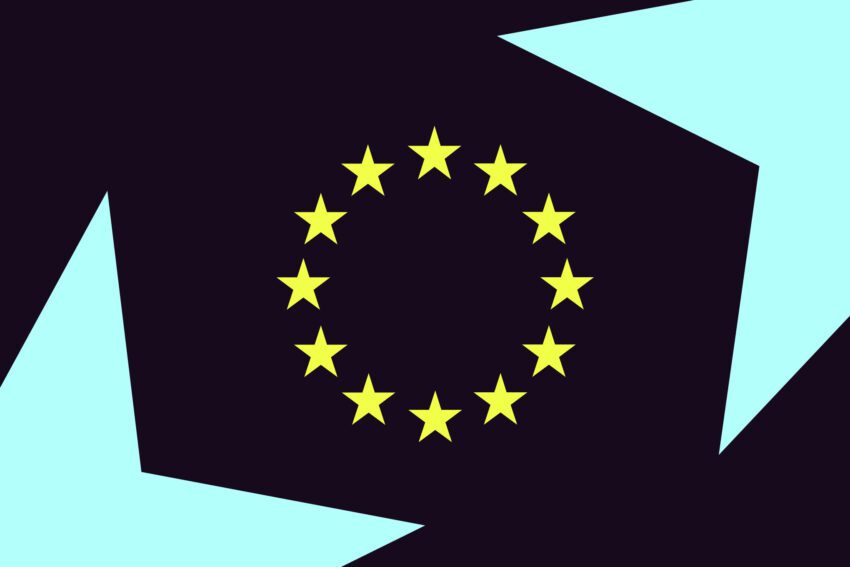
europe s cookie nightmare is crumbling The European Union is on the verge of significant changes to its cookie consent policies, aiming to enhance user experience and privacy online.
europe s cookie nightmare is crumbling
Background on Cookie Consent Policies
Since their introduction in 2018, cookie consent policies have become a ubiquitous aspect of browsing the web in Europe. These regulations were designed to give users greater control over their online privacy by requiring websites to obtain explicit consent before storing or accessing cookies on a user’s device. However, the implementation of these policies has often led to frustration among users, who are inundated with cookie pop-ups that disrupt their browsing experience.
Initially, the intention behind these regulations was to empower users, allowing them to make informed decisions about their data. However, the reality has often been quite different. Many users find themselves overwhelmed by the sheer number of cookie consent requests they encounter daily. This has led to a phenomenon where users frequently click “accept” or “reject” without fully understanding the implications, simply to gain access to the content they seek. The European Commission has recognized this disconnect between the intended purpose of the regulations and the actual user experience.
Proposed Changes to Cookie Consent Policies
In a bid to address these concerns, the European Commission has announced a series of proposed changes aimed at simplifying the cookie consent process. These changes are part of a broader Digital Package of proposals designed to modernize the EU’s digital landscape. The key change involves allowing users to set their cookie preferences at the browser level, rather than having to make individual choices for each website they visit.
Centralized Privacy Preferences
One of the most significant aspects of the proposed changes is the ability for users to establish their privacy preferences centrally through their web browsers. “People can set their privacy preferences centrally — for example via the browser — and websites must respect them,” states the European Commission. This shift aims to drastically simplify the online experience for users, reducing the number of cookie prompts they encounter.
By enabling users to manage their cookie preferences at the browser level, the EU hopes to create a more streamlined and user-friendly approach to online privacy. This change is particularly important given the growing concerns around data privacy and security in the digital age. Users will no longer have to navigate a maze of cookie consent pop-ups, allowing them to focus on the content they want to access.
Simplified Cookie Prompts
In addition to centralized preferences, the proposed changes will also introduce a simplified cookie prompt system. Instead of the current complex multi-option prompts, users will be presented with a straightforward yes or no option when visiting a website. This single-click prompt is designed to make the consent process more intuitive and less burdensome for users.
Furthermore, websites will be required to respect users’ cookie choices for a minimum of six months. This means that once a user has made their preference known, they will not be bombarded with repeated requests for consent during that period. This change is expected to significantly reduce the number of cookie pop-ups that users encounter, contributing to a more pleasant browsing experience.
Addressing Harmless Uses of Cookies
Another critical aspect of the proposed changes is the EU’s intention to limit the use of cookie banners for what it describes as “harmless uses.” For instance, website owners will be encouraged to refrain from using cookie banners for purposes such as counting website visits or tracking user engagement metrics. By doing so, the EU aims to further reduce the number of intrusive pop-ups that users face, allowing them to navigate the web with greater ease.
The User Experience Dilemma
The sheer volume of cookie pop-ups across Europe has led many users to adopt a “click and go” mentality. Faced with an overwhelming number of requests, users often click any button available—be it “accept,” “reject,” or even “more options”—just to access the content they desire. This behavior raises concerns about the authenticity of user consent. As the European Commission points out, “This is not a real choice made by citizens to protect their phones or computers and to choose what happens to their data.”
The proposed changes aim to rectify this situation by providing users with genuine choices that reflect their preferences. By simplifying the consent process and allowing for centralized management of cookie settings, the EU hopes to empower users to make informed decisions about their online privacy.
Next Steps for the Proposed Changes
The European Commission’s proposals will now move to the European Parliament for further consideration. This legislative process will involve discussions and potential amendments before the proposals can be finalized. Following approval from the Parliament, the changes will need to be ratified by the EU’s 27 member states, which may take some time.
While the timeline for implementation remains uncertain, the proposed changes represent a significant step toward alleviating the cookie consent burden that has plagued European internet users for years. The EU’s commitment to modernizing its digital rules reflects a growing recognition of the need for a more user-centric approach to online privacy.
Implications for Stakeholders
The proposed changes will have far-reaching implications for various stakeholders, including website owners, advertisers, and users. For website owners, the new regulations will require adjustments to their cookie management practices. They will need to ensure compliance with the centralized privacy preferences and simplified prompts, which may involve technical updates to their websites.
Advertisers, who often rely on cookies for tracking user behavior and targeting ads, may also need to adapt their strategies. With the introduction of centralized cookie preferences, advertisers will have to find new ways to engage users while respecting their privacy choices. This could lead to a shift in how digital marketing is approached, emphasizing transparency and user consent.
For users, the proposed changes are a welcome development. The potential for a more streamlined and less intrusive browsing experience is likely to be met with enthusiasm. As users gain greater control over their online privacy, they may feel more empowered to navigate the digital landscape without the constant interruption of cookie prompts.
Conclusion
The European Commission’s proposed changes to cookie consent policies mark a significant turning point in the ongoing struggle for online privacy and user experience. By allowing users to set their preferences at the browser level and simplifying the consent process, the EU aims to create a more user-friendly digital environment. As these proposals move through the legislative process, the potential for a future free from the cookie nightmare appears increasingly attainable.
Source: Original report
Was this helpful?
Last Modified: November 19, 2025 at 6:37 pm
3 views















